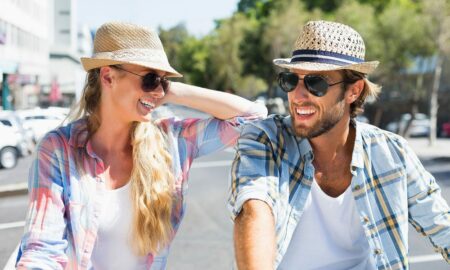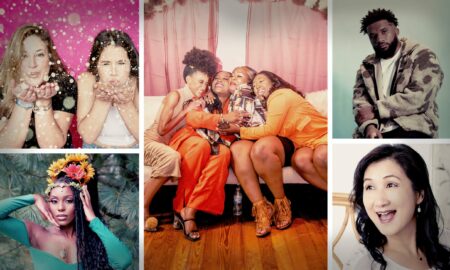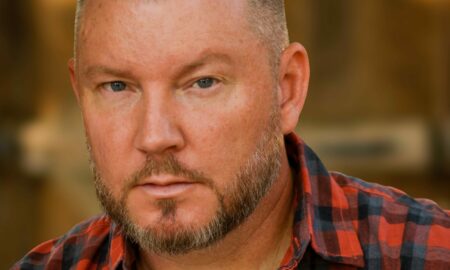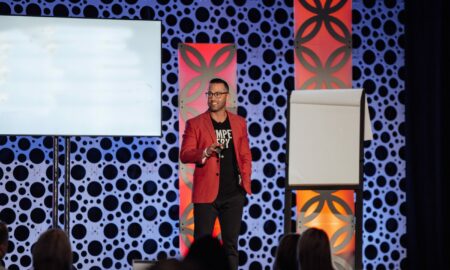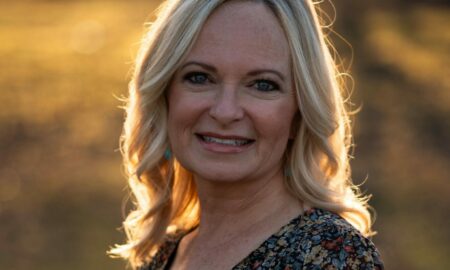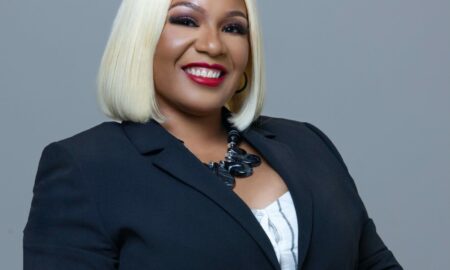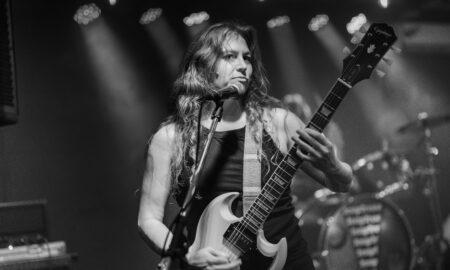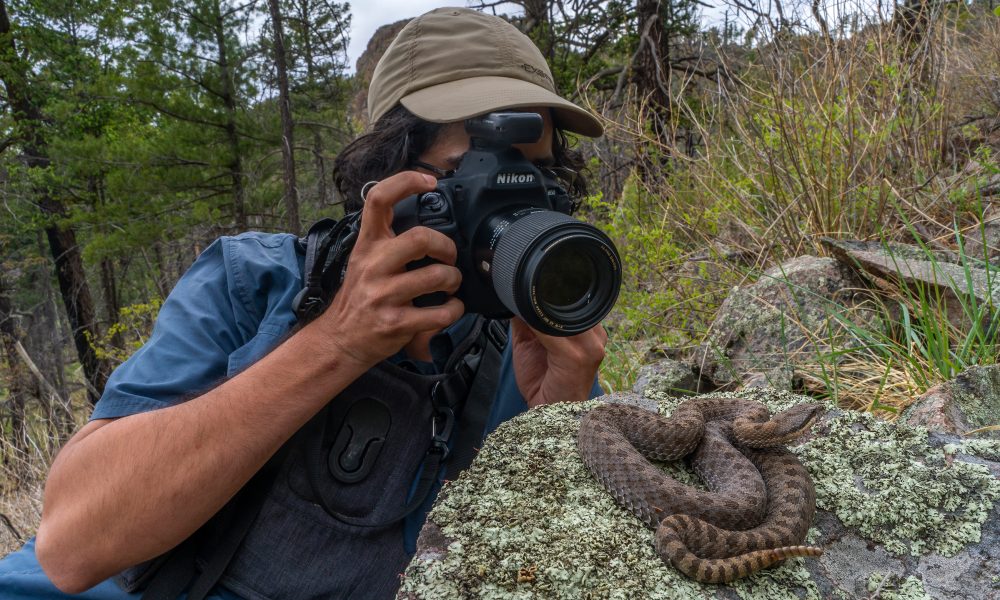

Today we’d like to introduce you to Nick Kanakis.
Nick, can you briefly walk us through your story – how you started and how you got to where you are today.
I’m a lifelong naturalist. Some of my earliest memories are exploring DFW parks for insects, and that curiosity has never changed. It just developed into academic pursuits in college when I studied and researched ecology and evolutionary biology. And about four years ago, it turned into a career of conservation photography, especially of the lesser-known and underappreciated (like insects and snakes). Wildlife photography is more than just the technical specifications. It knows how to find sometimes extremely rare species, document behavior, and photograph these animals ethically all while striving for interesting, aesthetically pleasing shots. The challenge is just making this into a living.
Overall, has it been relatively smooth? If not, what were some of the struggles along the way?
Freelance photography is not an easy path, but I became a wildlife and conservation photographer because of a passion for biology and (the) need to spread knowledge and appreciation of wildlife during an extinction crisis. I knew it would be a slow process, but it turns out the biggest challenge was (and continues to be) networking. The professional wildlife photography community is small and spread across the globe. But once you start meeting people, whether through social media or conferences, opportunities open up. You form collaborations, start to learn what editors want, get into the world of photo workshops, and embrace your style. Soaking up this information helped me build the foundation to pursue a career in conservation photography. If this is something you want to get into, always remember that it is very much a piecemeal approach, pulling income from things as distinct as leading birding tours to galleries and magazines, but it gives you the freedom to pursue the shots that matter most.
We’d love to hear more about your work.
I specialize in natural history photography of animals ranging from insects to vipers, but I rarely go for shots of anything larger than a bird. Big mammals continue to be the focal point of what wildlife is. They are incredible, but only make up a fraction of the world’s biodiversity. So when development encroaches on what little habitat remains in areas without traditionally iconic species, such as DFW, it’s crucial to showcase biodiversity. People need to know there’s a lot left worth saving. It just requires a change in perspective to appreciate.
Any shoutouts? Who else deserves credit in this story – who has played a meaningful role?
I’ve worked with and been mentored by some great people in the last few years. Jed Weingarten took a chance on a beginner and brought me on for my first paid expedition. Sean Fitzgerald, based in Dallas, has given me invaluable insight into the field and encouraged my involvement in the nature photography community. And my biggest influence, friend, and one of the world’s best photographers (he’s a Wildlife Photographer of the Year and National Geographic photographer) is Javier Aznar. We’ve been working together for almost two years, and in that time I feel like I’ve been pushed to learn more about my photography than I would have in 10 years on my own.
Contact Info:
- Website: nickkanakis.com
- Email: nkanakis1@gmail.com
- Instagram: www.instagram.com/nick_kanakis







 Image Credit:
Image Credit:
Personal Photo: Javier Aznar
All other Photos: Nick Kanakis
Suggest a story: VoyageDallas is built on recommendations from the community; it’s how we uncover hidden gems, so if you or someone you know deserves recognition please let us know here.


